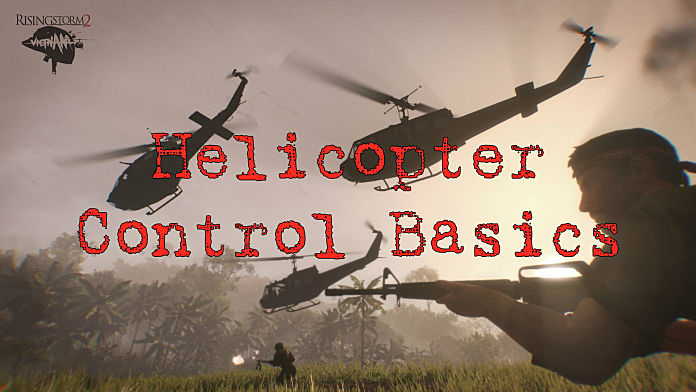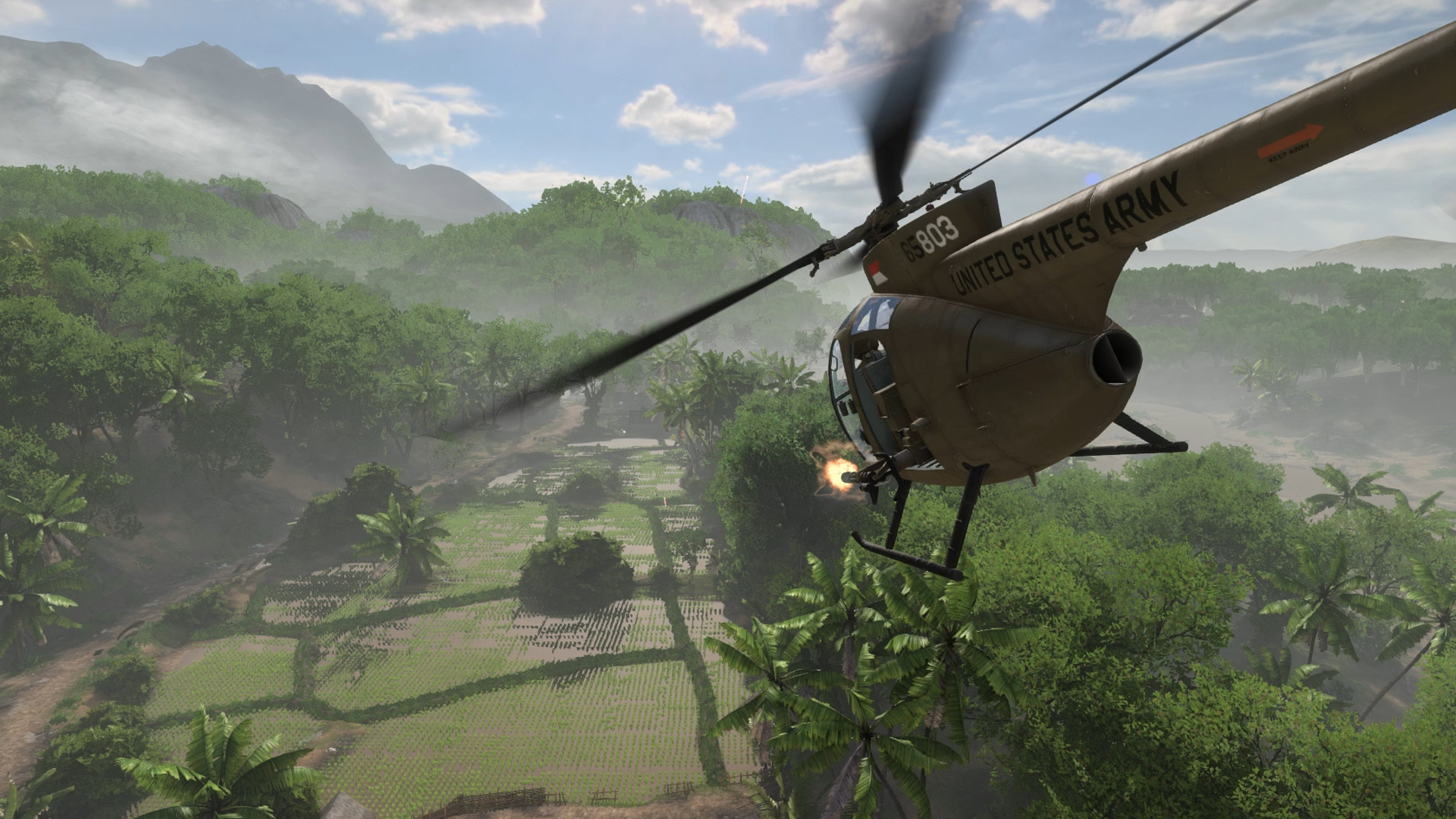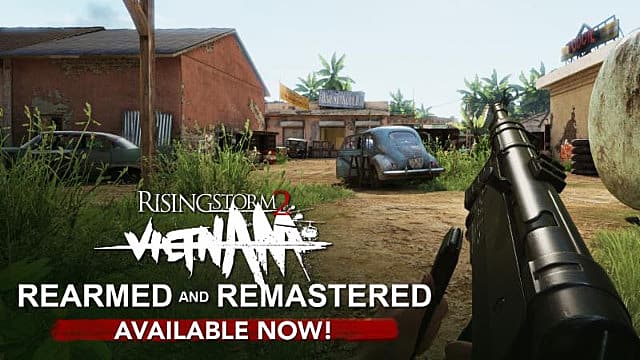
It’s a lot of testing, and also a lot of throwing out ideas. I asked how, with so many variables-guns, explosives, commanders (one player on each team who can call in scout planes and airstrikes), and helicopters-they can make sure both sides are going to have fun. It’s Type 56 AK-47 vs M16, and there’s no clear winner, so maps shouldn’t have to be tilted. Obviously any maps designed to include helicopters (not all do) require some design specific to each team-you couldn’t spawn the Viet Cong in an airfield they can’t use-but no soldier has an inherent advantage over the other. This time, the teams should be able to compete regardless of which way they’re going. Jeffery tells me that in RS1, the teams were unbalanced, so the maps had to be unbalanced in the other direction to even it out. This is actually a slightly different approach than the team took for the first Rising Storm. Antimatter does want to achieve a roughly 50/50 win-loss ratio for each side on each map, but it’s balancing the sides in terms of interesting tactics and maneuvers, not pure parity. The word ‘balance’ is so often lobbed into discussions about game design as if it’s a single, incontrovertible idea. I love that Antimatter has taken this approach to the American and VC armies. Even in the gunner’s seat, I struggled to see or hit anything as we circled the map, and needed teammates marking targets so I at least had some idea of where to shoot.Īntimatter wants to achieve a roughly 50/50 win-loss ratio for each side on each map, but it’s balancing the sides in terms of interesting tactics and maneuvers, not pure parity. While not meant to be hyper-accurate flight simulations, the helicopters are certainly trickier to control than they are in the Battlefield series, and as they take damage they become even harder to keep upright. Plus, piloting wasn’t exactly a safe job in Vietnam-mounted guns and RPGs can make it hell-and it’s challenging to fly, at least for inexperienced me. Two completely different forms of mobility.Īnd because some Americans need to work as pilots, they have fewer soldiers on the ground attacking points. They can be anywhere, while it’s pretty obvious that the Americans are coming from the direction of the Huey that just roared across the map. The Viet Cong can also avoid detection by American scout helicopters by staying crouched and still or going fully prone.

The VC, on the other hand, bolt through tunnels-both actual tunnels built into the map and ‘spawn tunnels’ which squad commanders can dig, and which act as mobile spawn points the Americans are forced to hunt and destroy.

You can hear helicopters from across the map. You’d think giving one side flying cannons would entirely tip the scales, but it doesn’t. They did have helicopters during the war, but didn’t fly them south of the border, says Jeffery, as “they knew what would happen if they did.” So in maps and modes which involve helicopters, only the Americans can fly them by spawning as attack and transport pilots at an airfield secluded away from the capture points.


One thing particularly exciting is how the asymmetry of the first Rising Storm, which pit American semi-autos and flamethrowers against Japanese bolt-actions and swords, has become more elaborate and striking in Vietnam. Something like Arma and its many possible ways to sit, stand, and lie down tries harder at putting us in real bodies, where Rising Storm 2 is more interested in pairing action with a broader concern for authenticity-how military technology works and how different armies operated, with leeway here and there to make it fun. To be fair, Vietnam hasn’t been attempted many times in videogames-certainly not as often as World War 2-and I wouldn’t say Rising Storm 2 is exactly realistic.


 0 kommentar(er)
0 kommentar(er)
